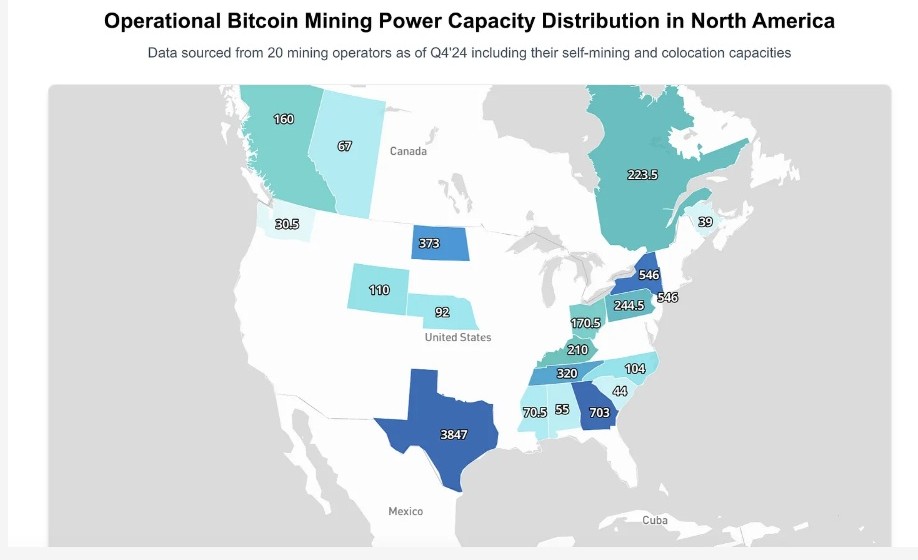
Key takeout
- The administration wants all Bitcoin and may use tariffs to get it.
- The strategy includes reassessing the Ministry of Finance’s Gold Certificate to purchase Bitcoin and interagency collaboration.
Please share this article
The Trump administration is exploring various neutral budget strategies, including potential tariffs, to win Bitcoin, including potential tariffs, Beau Hines, Trump’s top crypto advisor, said in a recent interview with American entrepreneur and well-known crypto influencer Anthony Priano.
“We see a lot of creative ways, whether it’s from customs or something else, and that means there are ways we can literally do this,” Hines said. “It’s all on the table.”
The executive director of the President’s Council of Digital Asset Advisors, also known as the Crypto Council, has repeatedly tried to make an effort to buy as much Bitcoin as possible without affecting taxpayers.
“We obviously made it very clear what we wanted to get as much as we could,” Hines said. “It stipulates that taxpayers must acquire Bitcoin in a budget-neutral way that doesn’t cost a single dime.”
Hines also likened Bitcoin to gold and firmly stated that the government plans to hold Bitcoin reserves rather than selling them.
The administration’s efforts include working with Secretary of Commerce Howard Lutnick, Treasury Secretary Scott Bescent, and other officials within the interagency working group to develop a Bitcoin acquisition strategy.
Hines has repeatedly praised Sen. Cynthia Ramis for increasing innovation, technology and competitiveness through the Optimized Investment (Bitcoin) Act of 2025.
The law proposes to use revenue from a revaluation of the Fed’s gold certificate as a dedicated source of funding exclusively for purchasing Bitcoin. The law directs the US government to acquire 1 million bitcoin over five years, aiming to hold it in the long term as a strategic asset.
In an interview with journalist Eleanor Terrett in March, Hines said he was open to swap Bitcoin’s Fort Knox Gold Reserve, unless it affects the US government’s budget balance.
The administration’s approach involves examining both internal portfolio rebalancing and external revenue generation opportunities.
“When you start fleshing out some of these processes, you’ll want the stones to not flip,” Hines said.
Digital assets revolutionize America’s outdated financial system
Addressing the future of American financial structures, Hines defended blockchain technology and digital assets as keys to modernizing the way Americans interact with money. He said the current system is suffering from inefficiency and ripe for confusion.
“We look at the banking system and there’s a lot of friction there,” he said, pointing out everyday issues such as delayed transfers and hidden fees as indications that legacy systems no longer meet the needs of modern users.
“Look at the current payment rails and see the system that allows you to move your money to each other. There’s a fee, there’s a lack of transparency. There’s clearly a long time process with technology that exists now.”
According to Hines, emerging technologies in the blockchain and digital asset space will provide modifications.
“Some of these technologies, emerging from the blockchain technology and the digital asset space, can help revolutionize that system. It will be more transparent, more efficient and more effective for Americans,” he said.
Please share this article








